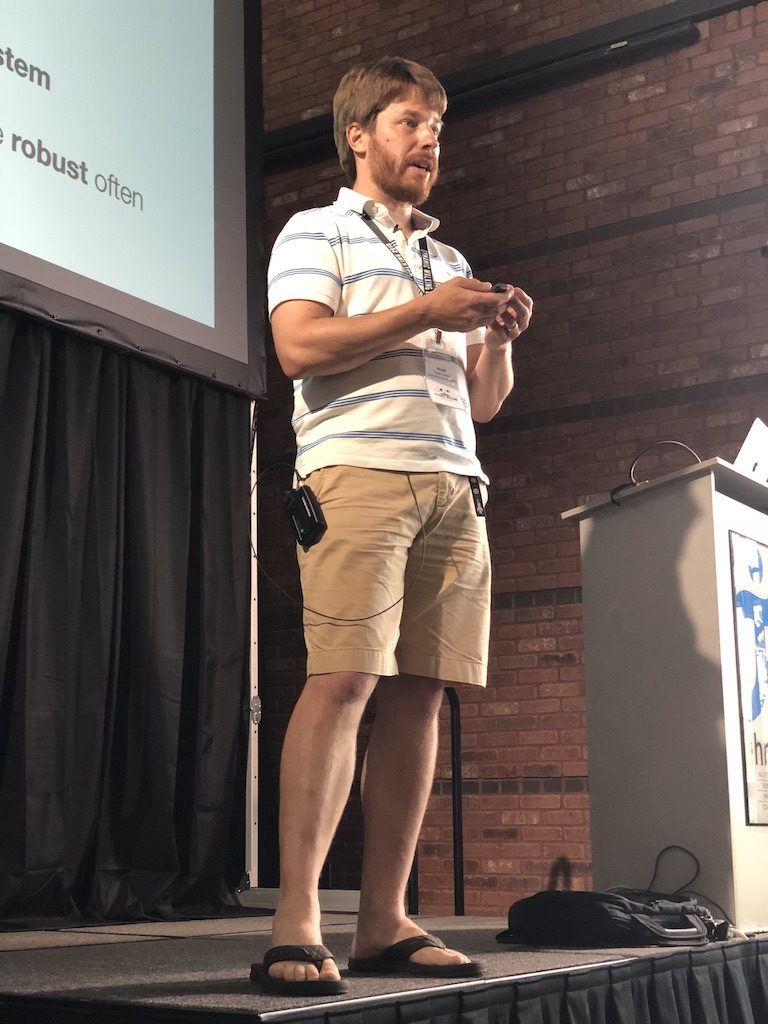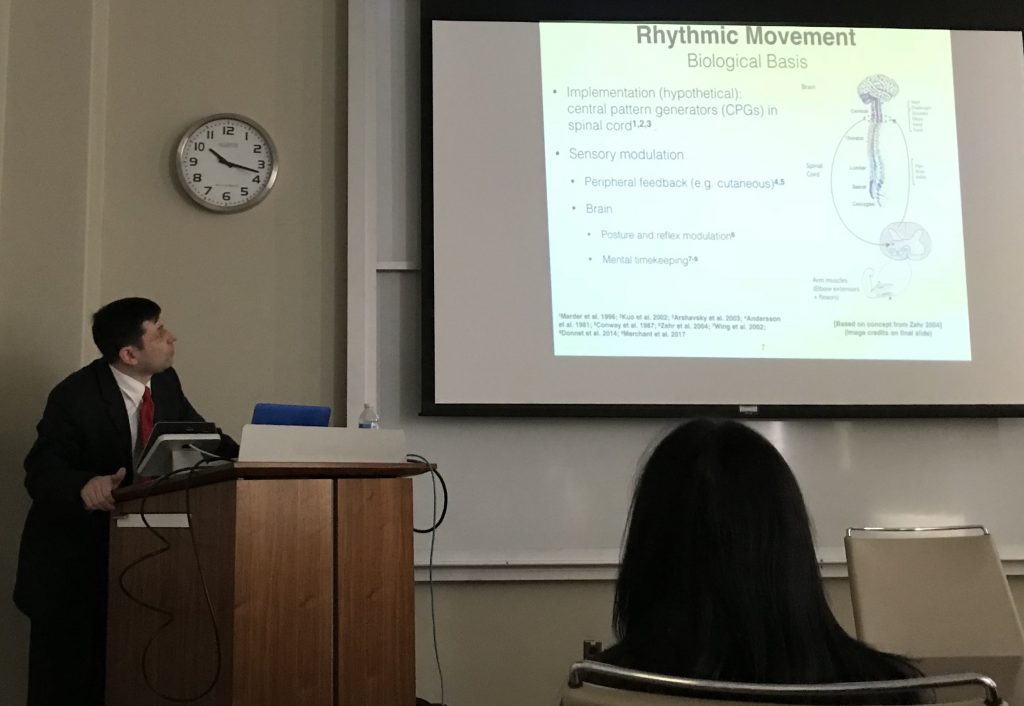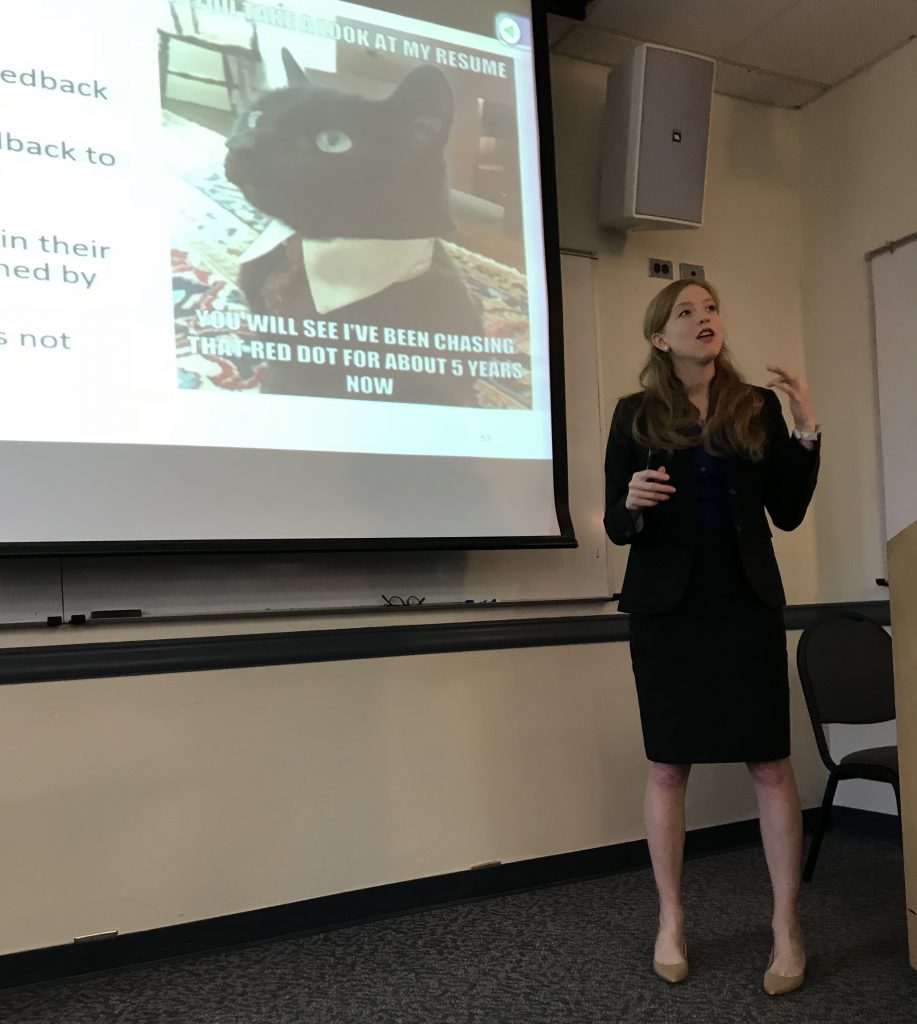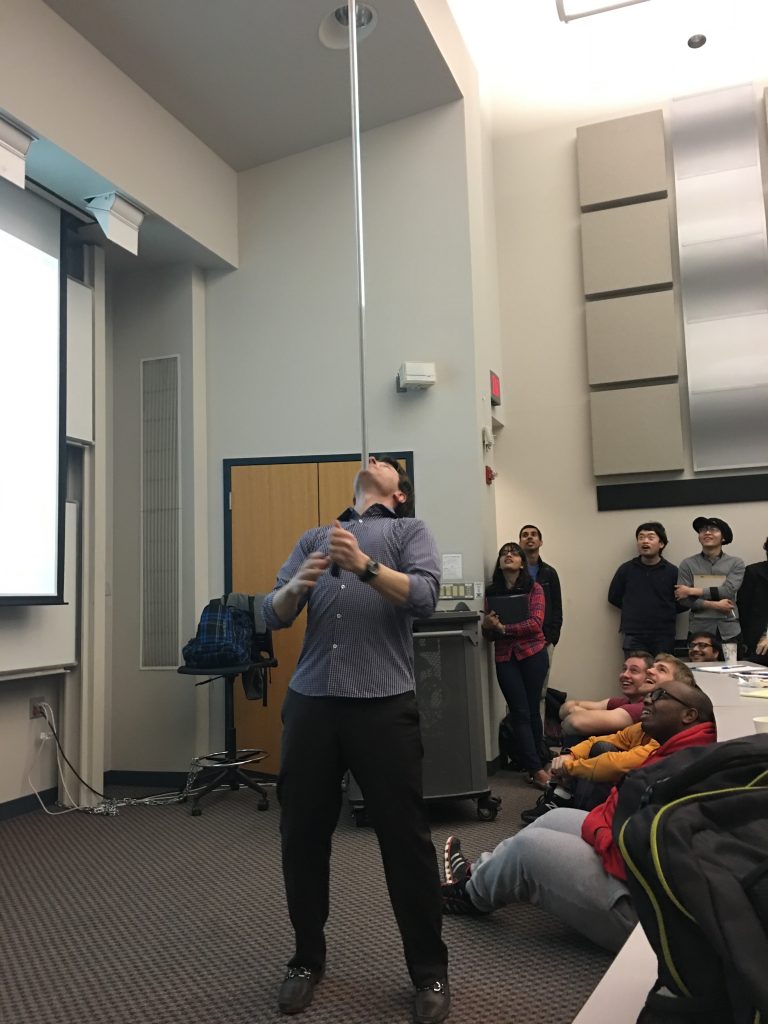2018 is Banner Year for LIMBS Lab Research Grants
LIMBS Laboratory receives unprecedented funding
Multiple grants to study spatial representations in the brain with Jim Knierim
In collaboration with Jim Knierim, professor of neuroscience at the School of Medicine and the Krieger Mind/Brain Institute at Johns Hopkins University, we aim to further our understanding of the hippocampus, a component of the brain that plays a major role in learning, memory, and spatial navigation.The team has recently funding from two NIH grants, as well as a part of a $7.5M Multidisciplinary University Research Initiative (MURI) project spearheaded by Daniel Koditschek (PI). Together the JHU Team’s research grant awards total about $5M to Johns Hopkins University.
Multiple grants to study human sensorimotor control with Amy Bastian.
Teaming up with Amy Bastian, the LIMBS laboratory has secured funding from the NIH and NSF to investigate visuomotor control in patients with cerebellar ataxia. One of these projects is a collaboration with Jim Freudenberg and Brent Gillespie at the University of Michigan.
Details of current awards to the LIMBS Laboratory
- ARO #72929-EG-MUR: 09/01/2018–08/31/2023. “Science of Embodied Innovation, Learning and Control.” Investigators: Daniel E. Koditschek (U Penn, PI); Juliy Baryshnikov (UIUC), Robert J. Full & Lucia Jacobs (UC Berkeley), and Noah J. Cowan and Jame J. Knierim (JHU). Award: $7,500,000 (Subaward to JHU: $956,999).
- NSF #1830893: 09/15/2018–08/31/2022. “EFRI C3 SoRo: Programming Thermobiochemomechanical (TBCM) Multiplex Robot Gels.” Investigators: David Gracias dgracias@jhu.edu (PI), Noah Cowan, Thao (Vicky) Nguyen, Rebecca Schulman. Award: $2,000,000 (Suballocation to NJC: ≈$500,000)
- NIH-NINDS 2R01HD0402859-15: 09/01/2017–08/31/2022. “Mechanisms and Rehabilitation of Cerebellar Ataxia.” Investigators: Amy J. Bastian (KKI, PI) and Noah J. Cowan Agency: National Institutes of Health–NINDS.” Award: $30,000 (Amount of Subaward from KKI to Cowan, JHU).
- NSF #1825489: 08/01/2018–07/31/2021. “Collaborative Research: Identifying Model-Based Motor Control Strategies to Enhance Human–Machine Interaction
Investigators.” James S. Freudenberg (PI), Noah J. Cowan, R. Brent Gillespie, and Amy J. Bastian Award: $381,470 (Amount to Cowan, JHU/KKI).
- NIH-NIMH 1R01MH118926-01: 7/01/2018–3/31/2023. “CRCNS Research Proposal: Collaborative Research: Dynamics of Gain Recalibration in the Hippocampal-Entorhinal Path Integration System.” Investigators: James J. Knierim (PI), Noah J. Cowan, Kechen Zhang, and Kathryn R. Hedrick. Award: $1,488,302 (Suballocation to NJC: $547,227)
- NIH-NINDS 1R21NS103113: 07/01/2017–06/30/2019. “Using Feedback Control to Suppress Seizure Genesis in Epilepsy.” Investigators: Sridevi Sarma (PI), Noah J. Cowan. Award: $410,437 (To NJC: ≈$29,000).
- NIH-NINDS 5R01NS102537-02: 07/01/2017–06/30/2022. “A Control Theoretic Approach to Addressing Hippocampal Function.” Investigators: Noah J. Cowan (PI) and James J. Knierim. Award: $2,095,459 (≈ split between PI’s).
- NSF-IOS #1557858: 04/01/2016–03/31/2020. “Collaborative Research: Neural Mechanisms of Active Sensing Investigators: Noah J. Cowan (PI) and Eric S. Fortune.” Award: $425,000 (To JHU)







 In a recent talk at the
In a recent talk at the 